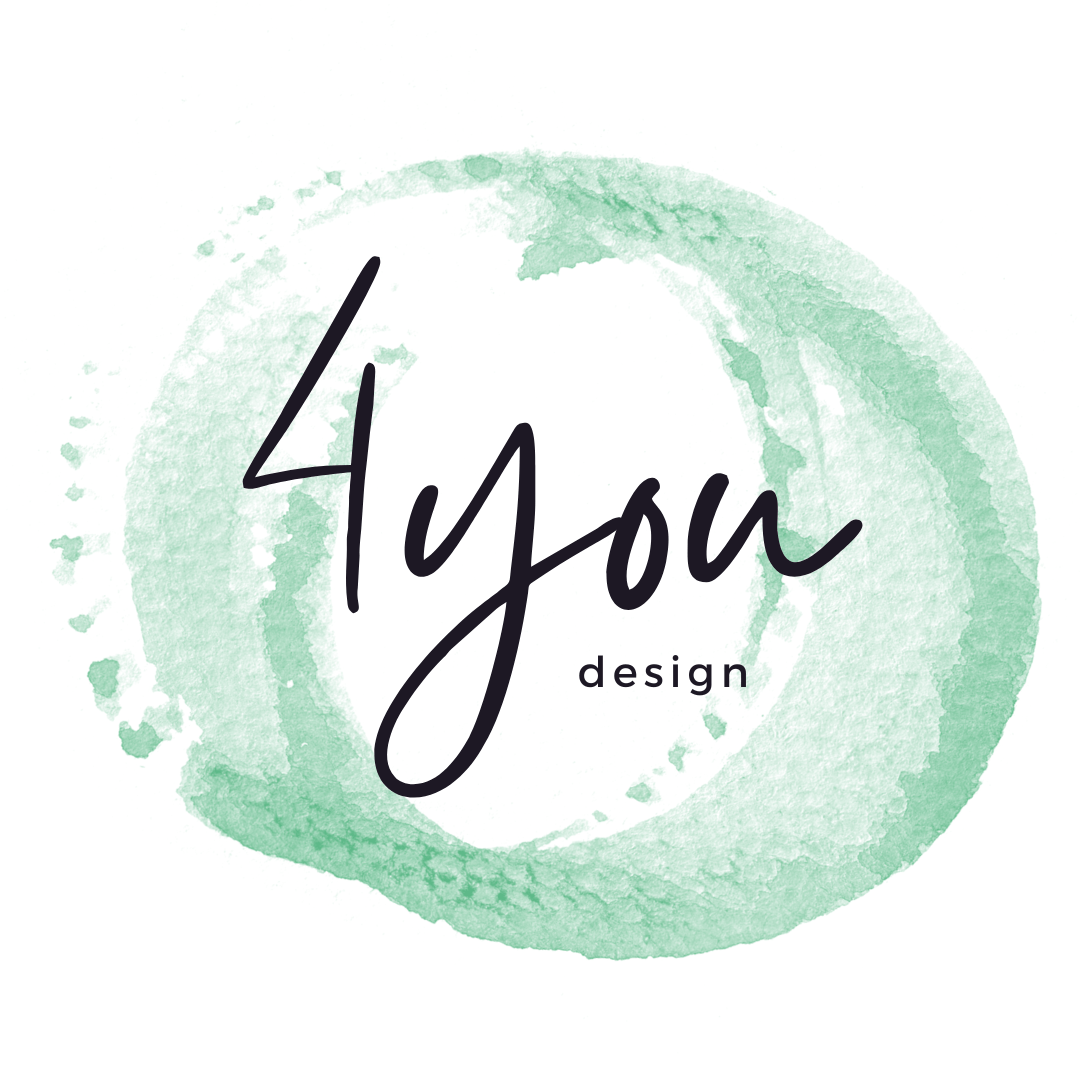Do you know what the most important part of your presentation is? It is not your closing statement. It is not the story you share. It is not the audience interaction. It is not even the question and answer session you may have at the end. The most important part of your presentation is what you do before you begin speaking.
The opening of your presentation is the first impression you make on your audience. It is the first time your audience gets a sense of your style and your knowledge. It is the first time they are introduced to your topic. You must make it count. Here are 12 tips on how to create a compelling presentation opening.
1. Start with a bang
You only have a few minutes to grab your audience’s attention. Don’t waste it by introducing yourself or your company.
Instead, start with a bang. Open with a shocking fact, a bold statement, or a compelling story.
Think of your opening as the headline of a news article. It’s the most important part of your presentation, and it should be designed to grab attention and make the audience want to read more.
Once you’ve got their attention, you can introduce yourself and your company.
2. Keep it simple
When you’re passionate about your subject, it can be easy to overload your audience with information. But the most successful presentations are simple and easy to understand.
Your presentation should have one clear message. If you try to cram too much information into your slides, you’ll confuse your audience and dilute your message.
Before you start creating your presentation, write down the one thing you want your audience to take away from it. Then, make sure every slide in your presentation supports that one message. If it doesn’t, cut it.
3. Use visuals to tell your story
The saying “a picture is worth a thousand words” is especially true in presentations. Visuals can help you tell a story, make a point, or illustrate a complicated concept.
Use charts and graphs to illustrate data, and use images to break up text and make your slides more engaging.
When choosing visuals, make sure they are high-quality and relevant to your content. Avoid using stock photos that look fake, and make sure you have the rights to use any images you find online.
There are many great sources for free stock photos and images, including Unsplash, Pexels, and Pixabay.
4. Use humor
Humor is a great way to break the ice and make a connection with your audience. It’s also a great way to keep your audience engaged and interested in what you have to say.
But be careful. Not everyone has the same sense of humor, so it’s important to use humor in a way that is appropriate and inoffensive. You should also make sure the humor you use is relevant to your topic and that it doesn’t detract from your message.
5. Get interactive
In the past, you may have been able to get away with talking at your audience for 20 minutes. But times have changed, and so have audience expectations.
You need to give your audience a chance to participate in your presentation. Not only does this make your presentation more engaging, but it also helps you build rapport with your audience.
There are many ways to make your presentation interactive. You could ask your audience to respond to a poll or quiz, you could ask them to share their own experiences or you could even get them to do a quick exercise.
6. Be passionate
This is your chance to really let your personality shine. If you’re passionate about your topic, let that come through in your presentation. You should be excited to share your knowledge with your audience.
If you’re not passionate about your topic, you may want to consider changing it. After all, if you’re not excited about your presentation, why should your audience be?
7. Use your body
Body language is a powerful tool in communication. It can help you to connect with your audience, emphasize your points, and make your presentation more engaging.
Use your body to show that you are confident. Stand up straight and make eye contact with your audience. Use your hands to emphasize your points, but be careful not to overdo it.
You can also use your body to show that you are in control of the room. Walk around the stage, and use the space to your advantage. This can help you to connect with your audience and keep them engaged.
8. Practice
I know you may not like this part, but it is crucial to practice your presentation. The more you practice, the more comfortable you will be when it’s time to present. This will also help you identify any areas that may not be clear or that you need to work on.
One way to practice is to record yourself giving the presentation and then watch it back. This will help you see what you look and sound like, and it will also help you identify any areas that may need improvement.
Practice is key to delivering a great presentation. The more you practice, the more comfortable you will be. The more comfortable you are, the more you will be able to focus on the content and the more you will be able to connect with your audience.
Give your presentation to a friend or colleague and ask for feedback. You can also record yourself giving the presentation and watch the recording. This will give you a chance to see how you come across and make any adjustments.
This is probably the most important thing you can do to ensure a successful presentation.
I’ve seen great presentations get ruined because the speaker didn’t practice enough.
If you’re using a PowerPoint, you should practice until you can go through the entire presentation without looking at the slides.
If you’re not using PowerPoint, you should practice until you can go through the entire presentation without looking at your notes.
9. Don’t read your slides
One of the biggest mistakes that people make when giving a presentation is reading their slides. This is a surefire way to lose your audience’s attention.
Instead of reading your slides, use them as a visual aid to support your talking points.
Keep your slides simple and to the point, and use them to highlight the key information you want to convey.
Your audience should be listening to you, not reading your slides.
10. Have a clear purpose
If you don’t know the purpose of your presentation, your audience won’t either. This is why it’s so important to be clear on what you want to achieve before you start creating your slides.
Your purpose should be something that can be summed up in one sentence. If you can’t do that, it’s likely that your presentation is trying to do too much.
If you want to achieve more than one thing, consider creating a presentation series. This is a great way to break down complex topics into bite-sized chunks, and it also helps you to keep things focused.
11. End with a bang
Finally, end your presentation with a strong conclusion. Summarize your main points and then end with a call to action. You can use ChatGPT prompts for summary generation.
The call to action can be something as simple as encouraging the audience to reach out to you with any questions or asking them to share your presentation with their network.
Just make sure you give them a reason to take action and make it easy for them to do so.
12. Connect with your audience
Last but not least, make sure to connect with your audience. This can be done in a number of ways, from asking questions to showing that you understand their needs and concerns.
The key is to show that you are speaking to them, not at them. This will help you build rapport and make your presentation more compelling. Utilizing some of the best affiliate plugins available can further enhance your marketing efforts and foster stronger relationships with your audience.
Conclusion
In the end, the quality of your presentation will make the biggest impact on the audience. The more time you spend on your slides, the more likely you will wow your audience.

